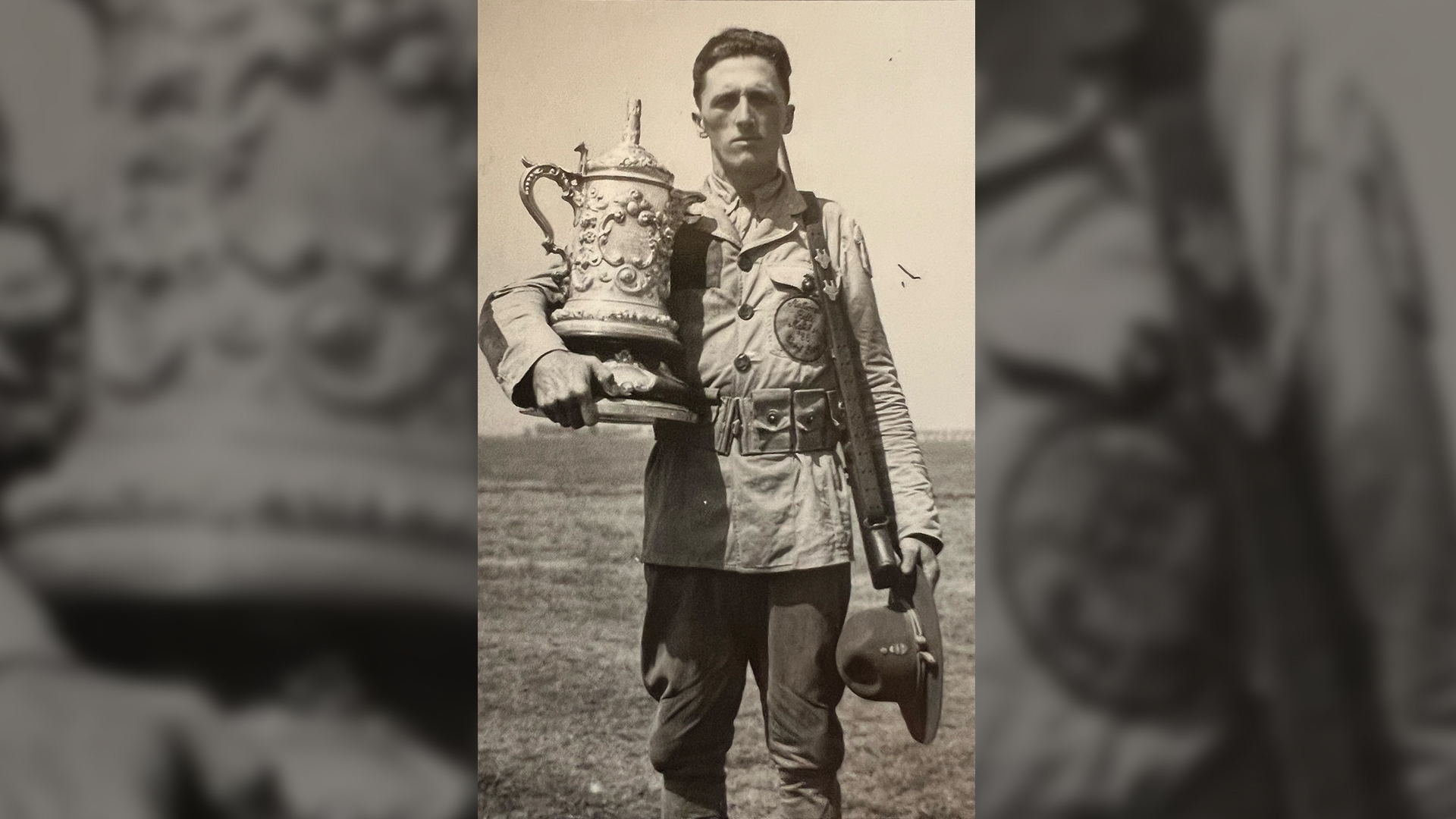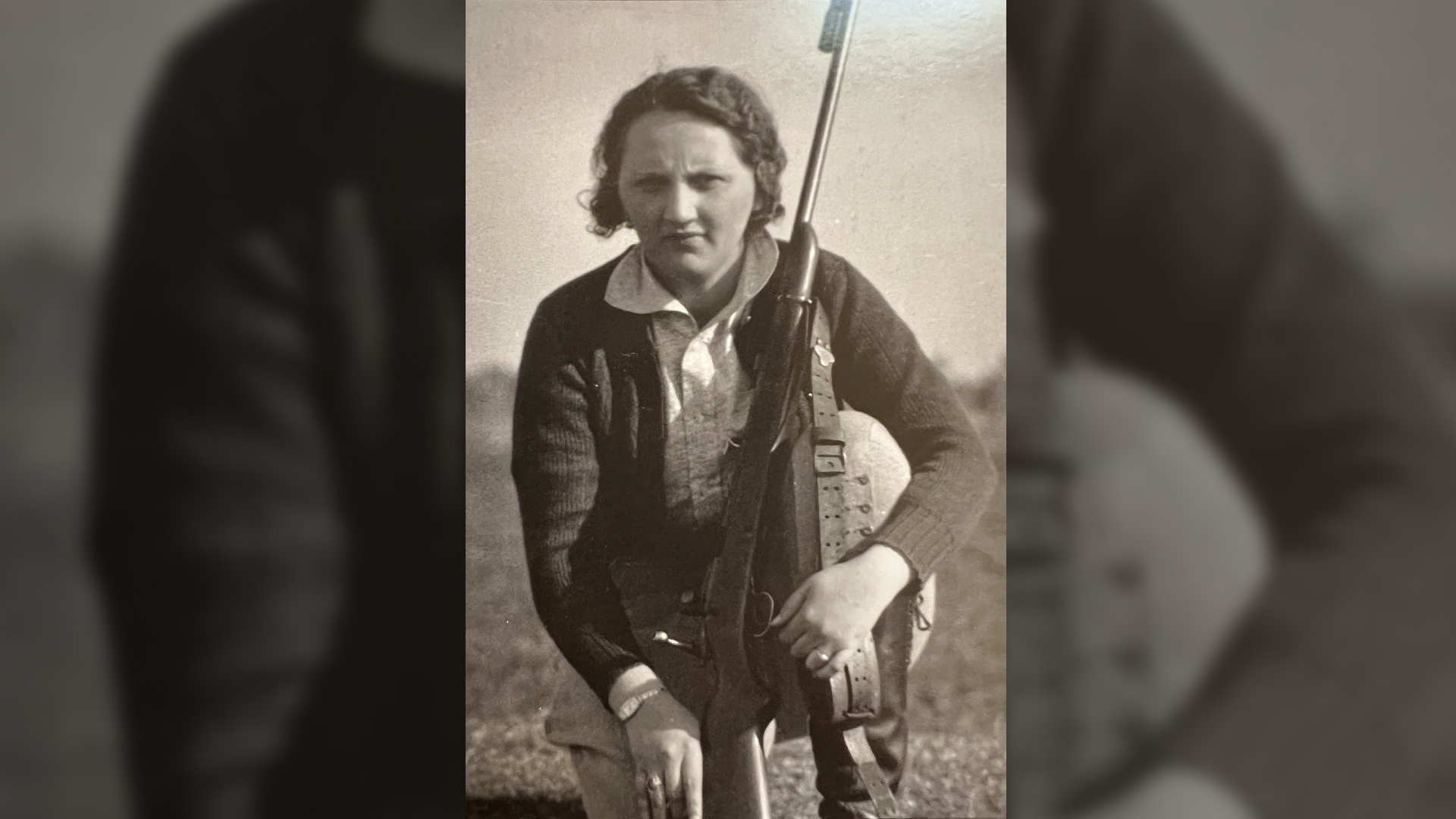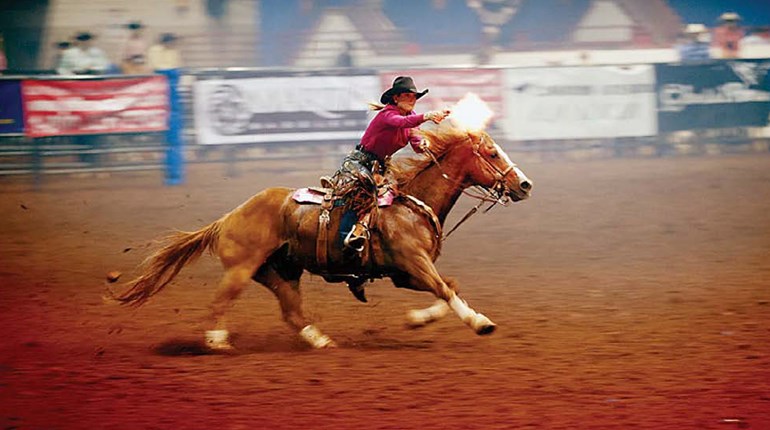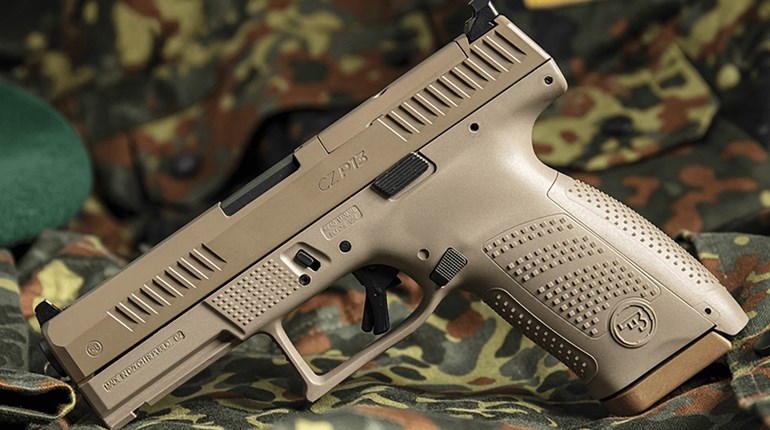
“From the standpoint of good sportsmanship, good fellowship, general distribution of honors among all classes of competitors, and real promotion value to the rifle and pistol shooting game in this country, the National Matches of 1936 unquestionably stand pre-eminent.”
—The American Rifleman, October 1936
The excitement generated by the restoration of the National Board's $500,000 federal appropriation and subsequent full firing schedule was evident as almost 7,000 competitors flowed through the gates of Camp Perry in 1936 for the greatest National Match turnout to date.
With resource demands at maximum levels, Executive Officer Col. Jay Benedict oversaw a program that included separate civilian instructional schools for pistol and smallbore and more requests for practice and re-entry targets than ever before.

“It has been generally agreed by all Camp Perry veterans that the 1936 National Match staff was the best in history.”
—The American Rifleman, April 1937
Indicative of the growing popularity of matches outside of big bore was the attention given to the pistol contingent, which featured a marked increase in civilian and police contenders. The victory by the Los Angeles Police Department Team (LAPD) over the Marines in the National Team Pistol Match attracted much attention as did the National Individual win by Charles Askins, Jr., of the Border Patrol, a contest where LAPD shooters took the next four spots. In addition, the LAPD’s Jacob Engbrecht won the NRA All-Around Pistol title convincingly over second-place finisher Al Hemming of the Detroit Police.

Performances among civilian and National Guard shooters were notable across the board this year. The Leech Cup was won by Sgt. Herschel Stemen of the Ohio National Guard with the only possible in a match that featured 1,401 shooters.
And while Marine Corps Cpl. Valentine Kravitz won the President’s Match over 1,878 others, 52 of the President’s Hundred were not regular service. Of those, five civilians finished in the top 25, including Alice Bull of Seattle in 19th place. The California Civilian Team, whose own Henry Adams won the Coast Guard Trophy Match at the beginning of the program, finished second in the National Team Rifle Match to the ever-strong Marines. Prior to the victory, the Marines also claimed the Herrick Trophy and honors in the revamped Infantry Match, which had last been fired in 1931 and was re-introduced this year as a National Trophy event, while two of their shooters, Gy. Sgt. Henry Crowe and Cpl. Waldo Phinney, took honors in the Wimbledon and National Individual Rifle events, respectively. Crowe won the Wimbledon with a Winchester Model 54 and set a record in the process with a possible plus 19 Vs. However, in the Marine Corps Match, namesake shooters finished third through sixth after being ousted from the top two spots by members of the California National Guard.

In smallbore competition, two co-ed teams finished atop the field in the Hercules Trophy Match to add to the list of notables in 1936. The Connecticut tandem of Elsie Hellwig and Jack Hession repeated their second place finish from a year earlier, although this time they were edged out by the Ohio duo of Minnie McCoy and L.C. Barrett. And among a rather balanced smallbore field overall, popular names like Dave Carlson, Emmet “Doc” Swanson, William Schweitzer and Bill Woodring did their best to share the spoils, although when it came to national championships, Woodring was anything but altruistic, as this year marked the first of his three consecutive titles.
“The very large attendance of pistol shooters at Camp Perry this year … furnished conclusive evidence of the tremendous growth of pistol shooting as a competitive sport in this country … there is no question but that pistol shooting will within a few years rival if not exceed smallbore rifle shooting as a popular form of recreation and competition.”
—The American Rifleman, October 1936
1936 National Matches Fact
Camp Perry founder Ammon Critchfield was elected NRA President in 1936. A Critchfield Monument was also erected at Camp Perry and the 73-year-old honoree attended the dedication on September 1, 1936.

































